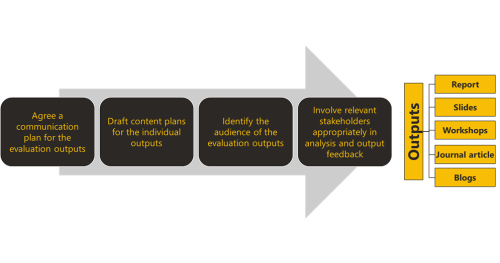Our evaluation of patient and carer experiences of virtual wards found widespread benefits and highlights areas for improvements particularly in involving carers better.
Virtual wards (also known as hospital at home) are an innovative healthcare model designed to deliver hospital-level care to patients in their own homes, including care homes. Equipped with skilled staff, technology, medication, and monitoring tools, virtual wards aim to provide acute clinical care for a range of conditions such as respiratory illnesses, heart failure, frailty-related issues and are expanding to include general medical conditions.
Since the launch of the national virtual ward programme in 2022, the model has been implemented across every Integrated Care Board (ICB) in England, with over 12,400 beds currently available. The primary objectives of virtual wards include increasing overall bed capacity, reducing pressure on inpatient hospital services, and improving clinical outcomes and experience for patients by providing care in a familiar environment.
To evaluate the effectiveness of virtual wards, NHS England commissioned the Strategy Unit to explore the experiences of patients and unpaid carers. This evaluation aimed to identify benefits, challenges, and areas for improvement to inform the continued development of virtual wards and support healthcare providers in enhancing service delivery.
Insights from patients and unpaid carers
The evaluation of virtual wards highlighted the experiences of two key groups: patients receiving care and unpaid carers supporting them, providing valuable insights into the strengths and areas for improvement in virtual ward services.
Patient experiences
For most patients, virtual wards provided a more comfortable and flexible alternative to hospital care. The ability to remain at home while receiving professional medical support was a significant advantage, particularly for those with previous negative hospital experiences. Patients also appreciated the reassurance provided by regular check-ins and remote monitoring devices, which helped them feel in control of their health and safe at home.
Carer experiences
Carers reported that the home-based nature of virtual wards reduced the logistical and emotional strain of frequent hospital visits. Many expressed relief at the professional healthcare support provided at home, which helped improve their loved one’s condition.
Despite these benefits, carers often felt their own needs were overlooked, particularly during admission. A lack of communication and involvement in care decisions were their main concerns. Carers emphasised the importance of being seen as active partners in care delivery, with tailored support and regular updates to help them manage caring responsibilities.
Shared challenges
Both patients and carers identified communication gaps as a recurring challenge, starting from an initial lack of awareness of what virtual wards involved. Similarly, while technology played a vital role in monitoring and care delivery, some participants would have valued additional support and training.
A selection of patient and carer stories offer a more detailed view of participants’ experiences and the valuable lessons they provide.
Recommendations to address systemic and operational challenges
The recommendations presented in the report are based on the systematic analysis of data collected during the study and were tested and refined in collaboration with the advisory group, which included experts in virtual ward delivery, patient advocacy, and healthcare policy. This approach ensures that the recommendations are actionable, evidence-informed, and aligned with the goals of the national virtual ward programme.
The recommendations are divided into two levels: those aimed at providers and virtual ward teams, and those directed at NHS England and the national virtual ward programme. Together, they offer a roadmap for enhancing the design, delivery, and impact of virtual ward services.
For providers and virtual ward teams
- Holistic assessments: Ensure that assessments consider patients’ home environments and carers’ capacities before admission.
- Carer involvement: Engage carers throughout the care process, providing regular check-ins and the option to adjust their level of involvement if needed.
- Accessible information: Provide materials in Plain English, Easy Read formats, culturally tailored and other languages to support informed decision-making for patients and carers.
- Improved communication: Clearly communicate visit schedules and notify patients and carers of any changes in advance.
- Streamlined care delivery: Assign consistent staff to ensure continuity and coordinate visits from different health and care teams to minimise disruption.
- Enhance remote monitoring support: Provide comprehensive training and clear written and verbal instructions to help patients and carers confidently use remote monitoring devices or offer alternatives where remote monitoring is not suitable.
For NHS England and the National Virtual Ward Programme
- Raise public awareness: Develop public-facing campaigns to improve understanding and awareness of virtual wards.
- Support carers: Collaborate with carer support organisations to create policies that aid working carers managing caregiving responsibilities.
- Facilitate knowledge sharing: Provide opportunities for virtual ward teams to exchange best practices and insights on improving service delivery.
This evaluation provides unique insights into the experiences of patients and unpaid carers in virtual wards, highlighting the significant potential of this model to transform healthcare delivery. While many participants praised the comfort and flexibility of care, challenges such as accessibility of communications, technology barriers, and overlooked carer needs point to opportunities for improvement.
By implementing the recommendations outlined above, virtual ward services can enhance the quality of care for patients and the support provided to carers, creating a more inclusive and effective healthcare model.



